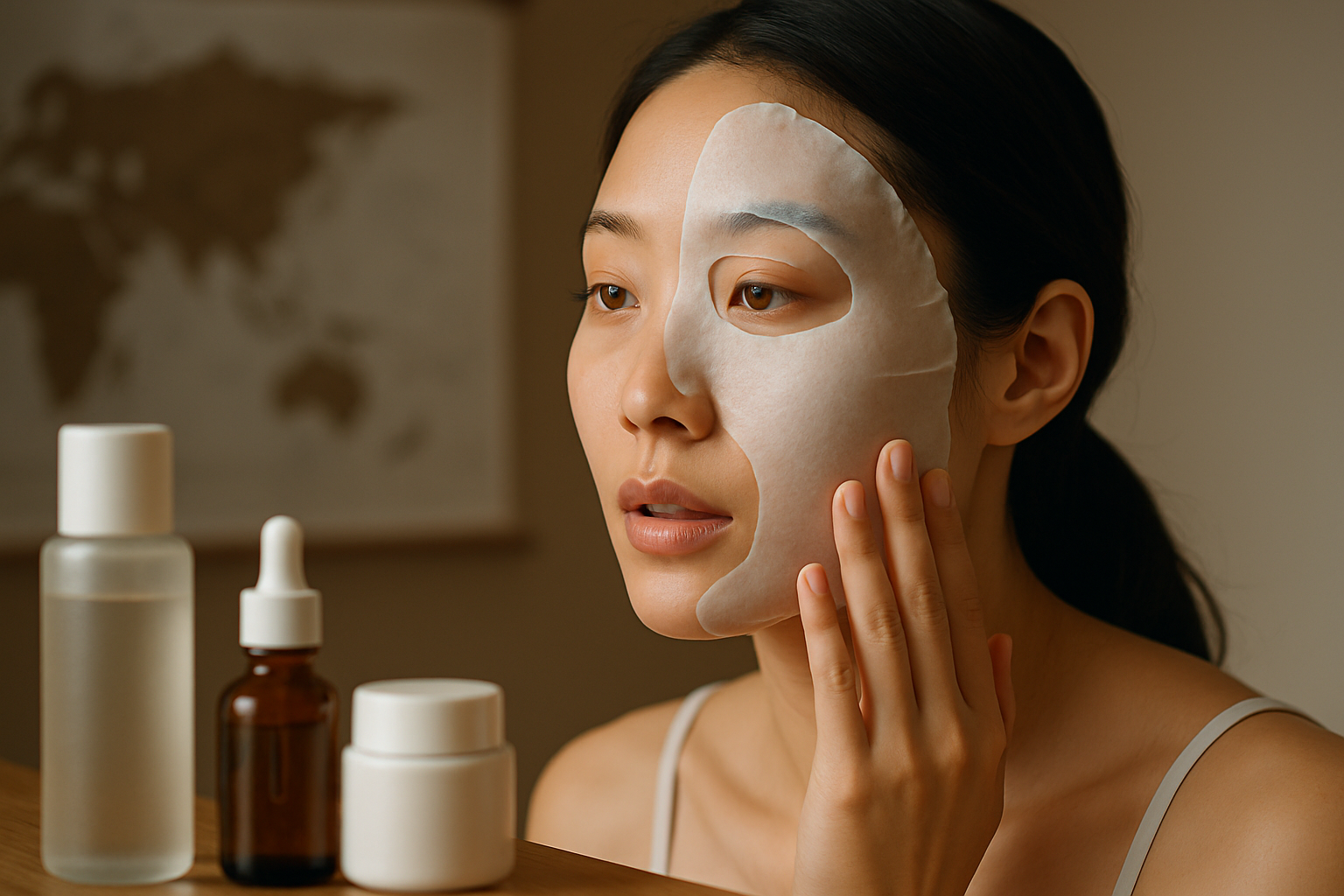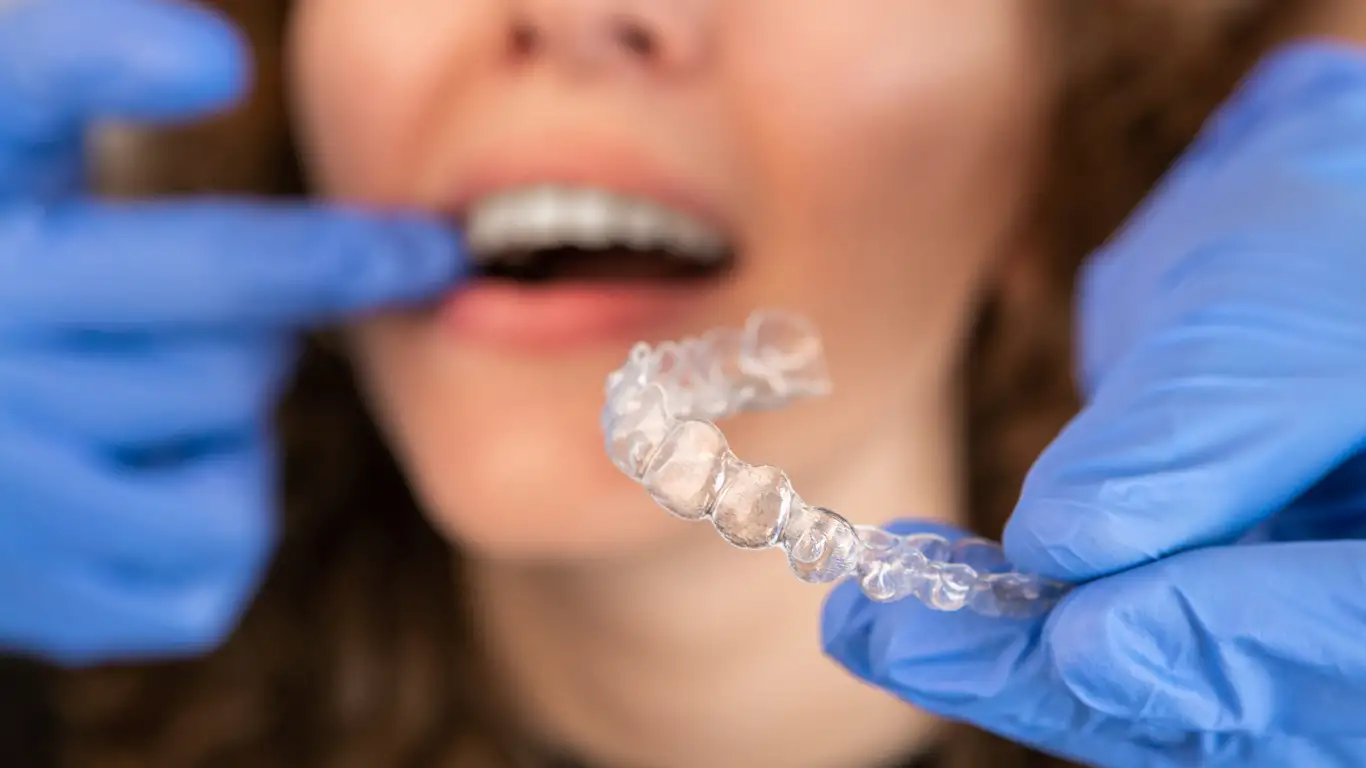The Transformative Power of K-Beauty Skincare
Kkaenippang, sheet masks, and snail mucin—these are just a few of the innovative ingredients and products that have catapulted Korean beauty onto the global stage. The phenomenon known as K-Beauty has revolutionized skincare routines worldwide, introducing a philosophy that emphasizes prevention, hydration, and a holistic approach to skin health. This cultural export has not only transformed beauty cabinets but has also significantly influenced the global cosmetics industry. From its humble beginnings in the streets of Seoul to its current status as a multi-billion dollar industry, K-Beauty has redefined beauty standards and skincare practices across continents.

Traditional Korean beauty practices, such as the use of fermented ingredients and multi-step skincare routines, were reimagined for the modern consumer. This fusion of ancient wisdom and contemporary science laid the foundation for what would become a global beauty phenomenon.
The 10-Step Skincare Routine
At the heart of K-Beauty lies the infamous 10-step skincare routine. This comprehensive approach to skincare emphasizes layering products in a specific order to maximize their effectiveness. The steps typically include:
-
Oil cleanse
-
Water-based cleanse
-
Exfoliation
-
Toner
-
Essence
-
Serum or ampoule
-
Sheet mask
-
Eye cream
-
Moisturizer
-
Sun protection
While the full routine may seem daunting to newcomers, K-Beauty advocates stress the importance of customization. Users are encouraged to adapt the routine to their specific skin needs and lifestyle, often resulting in a more streamlined regimen.
Innovation in Ingredients
One of the key factors driving K-Beauty’s success is its innovative use of ingredients. Korean skincare brands have introduced a plethora of novel ingredients to the global market, many of which have become staples in skincare routines worldwide.
Snail mucin, for instance, has gained popularity for its regenerative properties and ability to boost collagen production. Other unique ingredients include:
-
Centella Asiatica: An herb known for its soothing and healing properties
-
Propolis: A resin-like material produced by bees, prized for its antibacterial qualities
-
Fermented ingredients: Believed to enhance the potency and absorption of skincare products
These ingredients, often derived from nature and enhanced through scientific processes, embody the K-Beauty philosophy of gentle yet effective skincare.
The Global Impact of K-Beauty
The international success of K-Beauty has had far-reaching effects on the global cosmetics industry. Western beauty brands have taken notice, incorporating K-Beauty inspired products and techniques into their own lines. The emphasis on hydration, for example, has led to a surge in popularity of hydrating toners and essences in markets outside of Asia.
Moreover, K-Beauty has influenced beauty standards worldwide, promoting a “glass skin” ideal characterized by a dewy, luminous complexion. This shift has led to a greater focus on skincare as a foundation for makeup, rather than relying solely on cosmetics to achieve a desired look.
Sustainability and Clean Beauty
As the K-Beauty industry continues to evolve, it has begun to address growing consumer concerns about sustainability and clean beauty. Many Korean brands are now focusing on eco-friendly packaging, natural ingredients, and cruelty-free formulations.
This shift aligns with global trends towards more conscious consumerism in the beauty industry. K-Beauty’s adaptability in this regard demonstrates its ability to remain relevant and innovative in a rapidly changing market.
The Future of K-Beauty
While K-Beauty has already made significant inroads in global markets, industry experts predict continued growth and innovation. Emerging trends within the K-Beauty sphere include:
-
Skinimalism: A minimalist approach to skincare that focuses on multi-functional products
-
Microbiome-friendly formulations: Products designed to support the skin’s natural bacterial balance
-
Customization: Increased use of AI and technology to create personalized skincare solutions
As K-Beauty continues to evolve, it is likely to maintain its influence on global beauty practices, driving innovation and challenging traditional approaches to skincare.
Challenges and Criticisms
Despite its widespread popularity, K-Beauty has faced its share of challenges and criticisms. Some argue that the emphasis on achieving “perfect” skin can promote unrealistic beauty standards and contribute to skin-shaming. Others have raised concerns about the environmental impact of multi-step routines that encourage the use of numerous products.
Additionally, as K-Beauty has gained global recognition, issues of cultural appropriation and the oversimplification of Korean beauty traditions have come to the forefront. These challenges highlight the need for conscious consumption and a nuanced understanding of the cultural context behind K-Beauty practices.
Conclusion
The rise of K-Beauty represents more than just a trend in the cosmetics industry; it signifies a shift in how we approach skincare and beauty on a global scale. By emphasizing skin health, innovation, and a holistic approach to beauty, K-Beauty has challenged traditional notions and practices in the Western beauty industry.
As it continues to evolve, K-Beauty’s influence is likely to extend beyond skincare products, potentially reshaping our understanding of beauty, self-care, and cultural exchange. Whether through its innovative ingredients, commitment to skin health, or ability to adapt to changing consumer demands, K-Beauty has cemented its place as a transformative force in the world of beauty.




